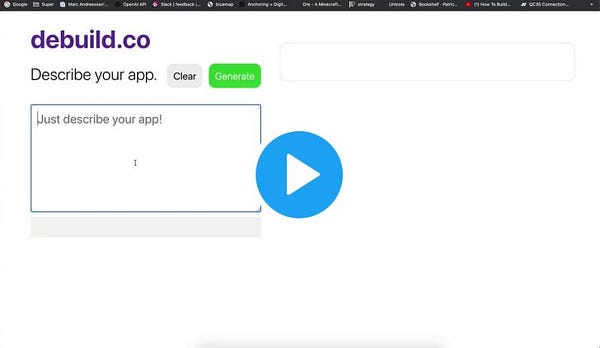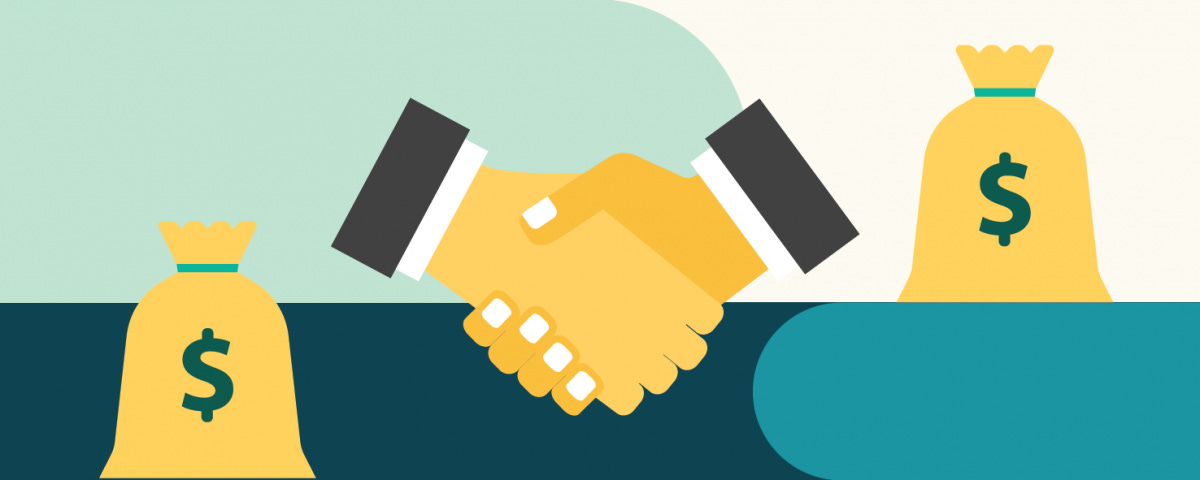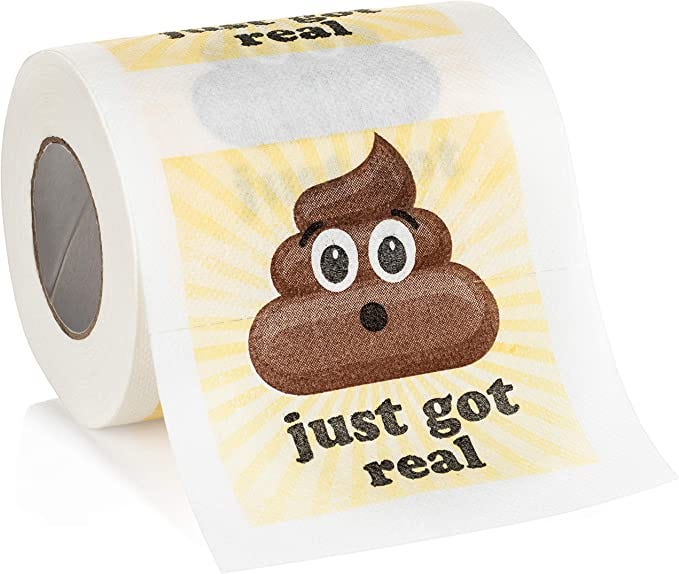3 Things: Voice --> Web Design, ISAs for Universities, Making Essentials Fun
Happy Sunday! Each edition of 3 Things will contain a dive into 3 rabbit holes I’ve found myself going down recently. I’m not sure there could be 3 categories more unrelated than today’s 3 ;-) Subscribe to get each week’s edition straight to your inbox and if you enjoy it, please share! This past week, I’ve been thinking a lot about:
Voice —> Web Dev & Design
ISAs for Top Universities
Making Everyday Essentials Fun
1. Voice —> Web Dev & Design
The rise of low-code/no-code tools has made it orders of magnitude easier for non-technical people to make their ideas a reality. Whether it’s products like Squarespace and Webflow to drag and drop your way to a beautiful website, Bubble and Adalo to easily build full-functioning web apps, or Glide and Buildfire to create beautiful, simple mobile apps, there are a plethora of tools out there that give anyone the superpowers of a developer. On top of the no-code revolution, the cost of transcription has gone down to nearly nothing which means voice is now a much more robust and usable medium. This has enabled sales tools like Chorus and Gong to leverage call transcripts to improve sales processes. It has enabled Descript and Spext to let podcasters edit transcripts as easily as a Google doc. It has spawned tons of products built on Zoom to provide meeting notes and insights. And, that’s just on the B2B side.
I think the next wave of products that leverage voice could be around using voice commands to build websites and apps. While low/no-code tools have opened up opportunities to many more people, there is still typically a steep learning curve to get started and build something usable. Voice is the most natural way to communicate thoughts and ideas so what if you could say a command like “make a blue button with rounded corners that says ‘Get Started’ " and it shows up on the screen? There could be 2-way interactive voice commands where it might ask you prompts such as “what should happen when a user clicks the button?” This could truly make the ability to build web and mobile experiences as easy as explaining a sketch. Advances in AI like GPT-3 coming out of OpenAI are making this dream look more and more like a reality every day. I’d expect there still to be elements of drag-and-drop and text inputs but the experience could be radically sped up and made simpler by leveraging voice inputs.
2. ISAs for Top Universities
Top universities in the US have endowments topping $30B. Harvard takes the lead at $38B, University of Texas comes in at $30B, Yale’s is $29B, Stanford’s is $26B, and Princeton’s is $25B. While these endowments might look astronomical, these schools have acceptance rates in the 4-10% range and the tuitions continue to rise where the average private school costs $35k per year with some schools inching above $57k. Let’s just take Stanford as an example. They have ~1600 students start as Freshman each year with full-paying students paying $55k tuition plus room and board for a grand total of $73k per year. If we take the full cost, that means the entire class “cost” is $116M. Obviously many students don’t pay full freight and Stanford is a for-profit organization but if we take an extremely conservative calculation, the interest and return on investments for the endowment at an 8% rate would be $2B a year alone which would pay for every student many times over.
Many students aren’t able to attend private universities, despite qualifications because of the financial burdens that it would put on themselves or their families. You don’t have to look hard to see that the student debt crisis affecting nearly 45 million students to the tune of $1.7T is not working. What if there was a way to provide free education to every accepted student? Over the last few years, the concept of Income Share Agreements (ISAs) have been applied to all kinds of education and groups from coding bootcamps like Lambda School to income pooling for MBAs, founders, and baseball players with Pando Pooling. The general concept is that you get something upfront for free like education and in return you pay back a portion of your income above a certain cap over time. I think that this can be applied to top universities with the income (or net worth) set at a ridiculously high level like $20M. That means that the vast majority of students will never pay anything back for their education but the extreme outliers will end up subsidizing the rest by paying a nominal % (maybe something like 5%) of their earnings to the university. There is probably a way to make it tax favorable so it becomes less of a burden. This would remove the need for student loans and makes the most sense at the elite schools who already have a large endowment that can cover the costs for a decade or two as it will take time for the ISAs to start being repaid. Plus, right now many people are questioning the value of an elite university education given the many alternative paths at a fraction of the cost, so these schools will need to change something to remain competitive.
3. Make Everyday Essentials Fun
If you look at the entire catalog of Amazon Basics or other generic everyday essentials, you’ll be hit with a wall of white, simple, ugly products for things like toilet paper, napkins, paper towels, trash bags, and much more. We are now spending more and more time at home and going through these household essentials more frequently. These are also the types of items that naturally lend themselves to subscription which Amazon has made it incredibly easy to do. Younger generations see the things that they buy as expressions of themselves and are willing to spend money on items that represent them and their creativity or things that bring them joy (just look at TikTok to see how real this is). Eric Ryan, a Co-founder of Method, the company that was able to successfully disrupt the highly saturated and undifferentiated home cleaning product market, is back at it again with Welly modernizing the first aid industry starting with bandages. He starts with a category that is ripe for a change and then tries to “figure out what is the cultural shift that the category is missing, and then I just connect the space in between the category and this cultural shift.”
One category that seems timed for disruption right now is household paper products. Toilet paper in the US alone is a $10B market and close to 75% of it is still sold in physical retail. One other secret from Eric is being an eager and welcome partner to brick-and-mortar retail which created success for Method, Olly (his gummy vitamin brand), and now Welly. Right now there is a large consumer shift in how people view their homes and how much time they spend in them. If you work 8+ hours, you eat most of your meals and snacks and use the restroom more at your office than in your house. Now that has shifted which opens the door for consumers to turn boring everyday items and routines into something more fun and personal. Find trending memes or focus on categories that are core to people’s identity (think passion hobbies like crossfit, gardening, gaming, etc) and work with a manufacturer to create fun printed toilet paper, paper towels and napkins. Create an e-commerce store as well as partner with physical retailers like Walmart and Target and grow from there.
That’s all for today! If you have thoughts, comments, or want to get in touch, find me on Twitter at @ezelby and if you enjoyed this, please subscribe and share with a friend or two!
~ Elaine






